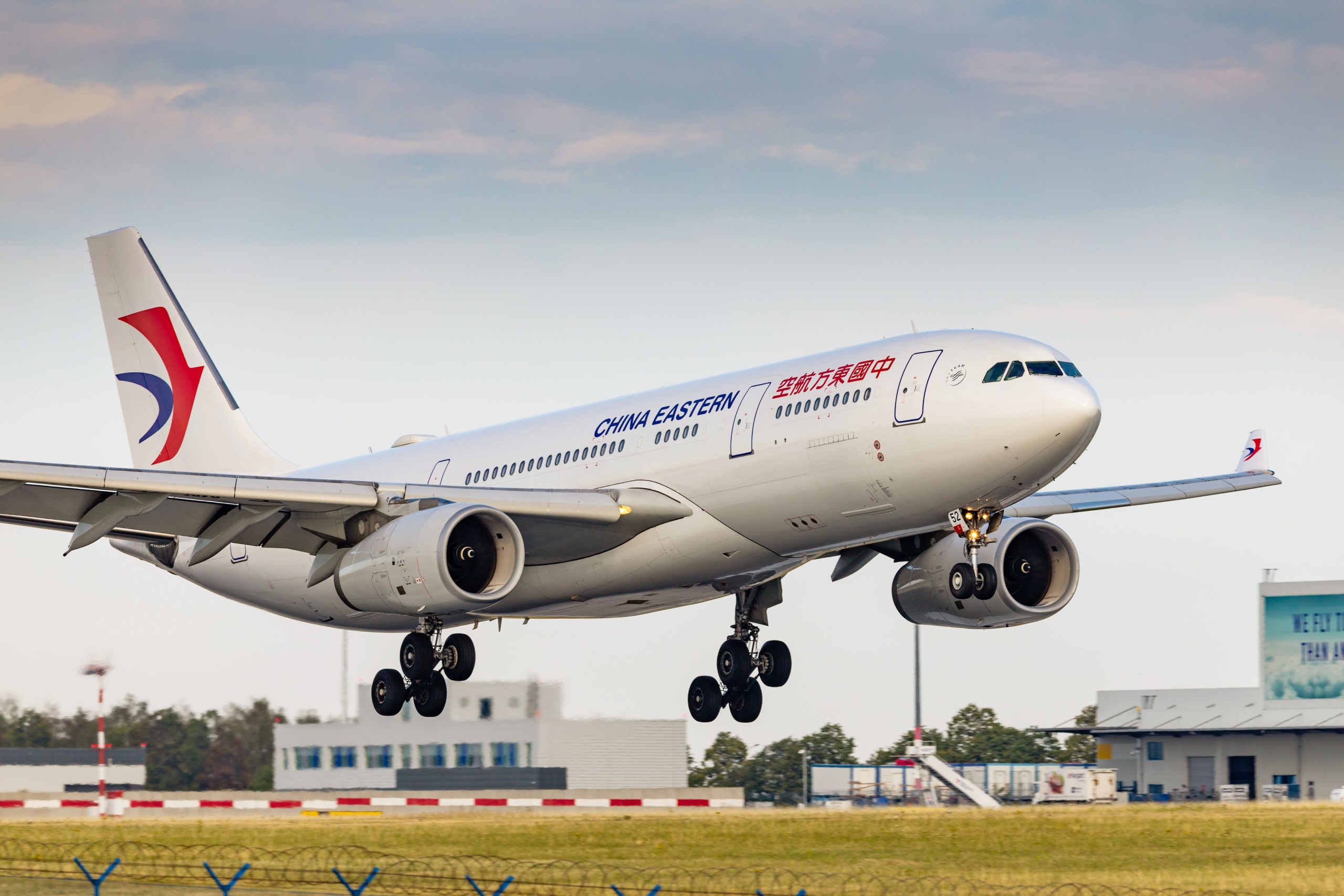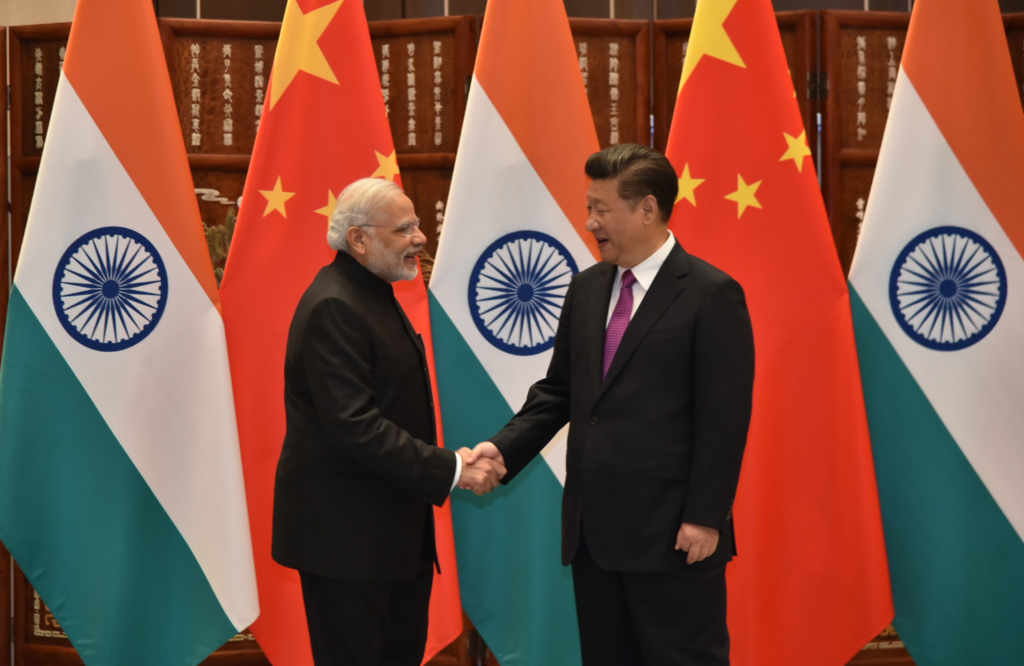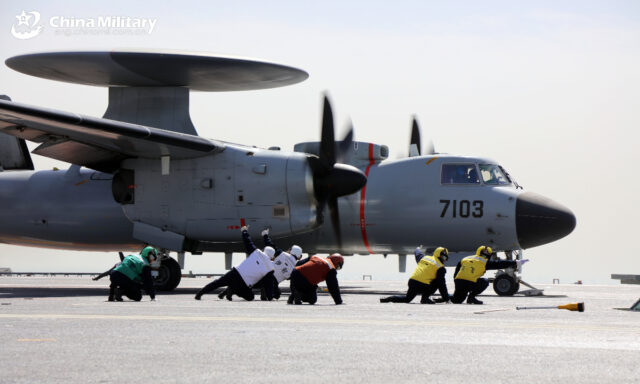China Eastern Airlines revives Shanghai to Delhi flights as India-China travel gets easier

November 10, 2025

It was an oddly familiar scene that had been missing for more than five years.
The departure boards at Shanghai Pudong finally showed “Delhi” again, and around 1 p.m. on 9 November, China Eastern’s Airbus A330 began boarding for a flight many travellers thought they might never see return so soon.
The aircraft pushed back to a low murmur of Mandarin, Hindi and English around the cabin — students comparing notes about university deadlines, a couple of traders joking about “finally skipping Singapore”, and at least one family juggling bags and snacks in that slightly frazzled way all families do.
There weren’t many empty seats; by the time MU563 lifted off, 248 passengers were on board.
The non-stop hop to Delhi took just under eight hours. For much of the last five years, those same passengers would have spent half a day zig-zagging through Hong Kong, Bangkok or Dubai because that was the only way to get across. Nobody really misses that.
The inaugural resumption ceremony of China Eastern Airlines' Delhi–Shanghai route was held at Indira Gandhi International Airport in Delhi.
— Xu Feihong (@China_Amb_India) November 10, 2025
Minister Guo Ce from the Chinese Embassy attended the event and delivered a speech.
Vice President of Delhi International Airport… pic.twitter.com/sueqLCGbAq
China Eastern is treating the restart cautiously at first — three flights a week, on Wednesdays, Saturdays and Sundays. The response has surprised even some insiders, as the first service went out with a load factor above 95%.
Why the Shanghai–Delhi flight matters for India–China travel
This isn’t just about convenience. Delhi and Shanghai are heavy lifters in their respective economies. When the direct flights disappeared, it quietly knocked holes in student movement, cross-border business visits and the professional exchanges that keep major supply chains running smoothly.
The airline says it wants to rebuild what it had before 2020. The Kunming–Kolkata link, once popular with traders and students, is also on the list of routes to revive. There’s even talk of a Shanghai–Mumbai service once the market stabilises.
| Airline | Launch date | Route | Frequencies / days |
|---|---|---|---|
| IndiGo | 26 Oct 2025 | Kolkata (CCU) ↔ Guangzhou (CAN) | Daily (7× weekly) |
| IndiGo | 10 Nov 2025 | Delhi (DEL) ↔ Guangzhou (CAN) | Daily (7× weekly) |
| China Eastern | 9 Nov 2025 | Shanghai Pudong (PVG) ↔ Delhi (DEL) | 3× weekly — Wed, Sat, Sun |
IndiGo leads the revival of India–China direct flights
IndiGo actually beat China Eastern to the punch. In late October, it restarted its Kolkata–Guangzhou connection. The airline says business travellers have swarmed back, enough for it to launch a second daily Delhi–Guangzhou flight starting 10 November.
IndiGo's Inaugural Kolkata – Guangzhou Service in Guangzhou, China 🇨🇳
— Kolkata Aero Hub (@CCU_Updates) October 27, 2025
via @RecordGBA https://t.co/13ymGdQPJc pic.twitter.com/V7hkycOydG
And Air India, now several months into a major overhaul under the Tata Group, is preparing to return to China as well. People familiar with the planning say Shanghai is likely to be its first destination, pending final approvals.
How five years of closure changed India–China flight routes
The shutdown began in early 2020 when the pandemic halted international aviation, but for India–China routes, the pause lasted far longer than elsewhere in Asia.
By the time other regional borders reopened, India–China traffic was still detouring through third countries. Fares climbed, travel times stretched, and students and business travellers felt the strain.
Back in 2019, things looked very different. Over 1.25 million people flew directly between the two countries across nine routes, with Chinese carriers operating roughly 70% of the direct flights.
But those figures may not predict what comes next. Air India has retooled, IndiGo has become more confident internationally, and the competition is likely to be sharper this time.
Diplomacy and trade drive reopening of India–China routes
In October, Beijing confirmed that both governments had agreed to restart direct flights, calling it an “active move” to support exchanges between the two populations.
New Delhi has also acknowledged the practical need for smoother movement of exporters, students and professionals.

Trade between the two countries has remained sizeable despite the lull, reaching nearly $138.5 billion in 2024. Much of that depends on people moving in both directions to keep supply chains aligned and investment flowing.
Aviation officials say demand never vanished; it simply diverted through Singapore, Hong Kong, Bangkok and Kuala Lumpur — with Hong Kong becoming the busiest connecting point thanks to its hub status and semi-autonomous position.
Airlines compete for passengers as India–China flights return
Now that China Eastern is back in Delhi, competition among airlines is set to heat up. Shanghai Pudong offers strong connections across North Asia, North America and domestic China, giving it an edge for onward travel.
Delhi’s strength is equally clear as one of India’s most important gateways, with deep links to South Asia, Europe, Africa and the Middle East.

IndiGo has made no secret of its ambition to expand further into China once bilateral arrangements allow it, and Air India — revitalised and expanding internationally — is unlikely to sit idle either.
The revival of that single A330 flight out of Shanghai may seem modest, but after five years of detours and uncertainty, it marks the start of a new chapter for direct flights between India and China — a route that had been unnaturally quiet for far too long.
















